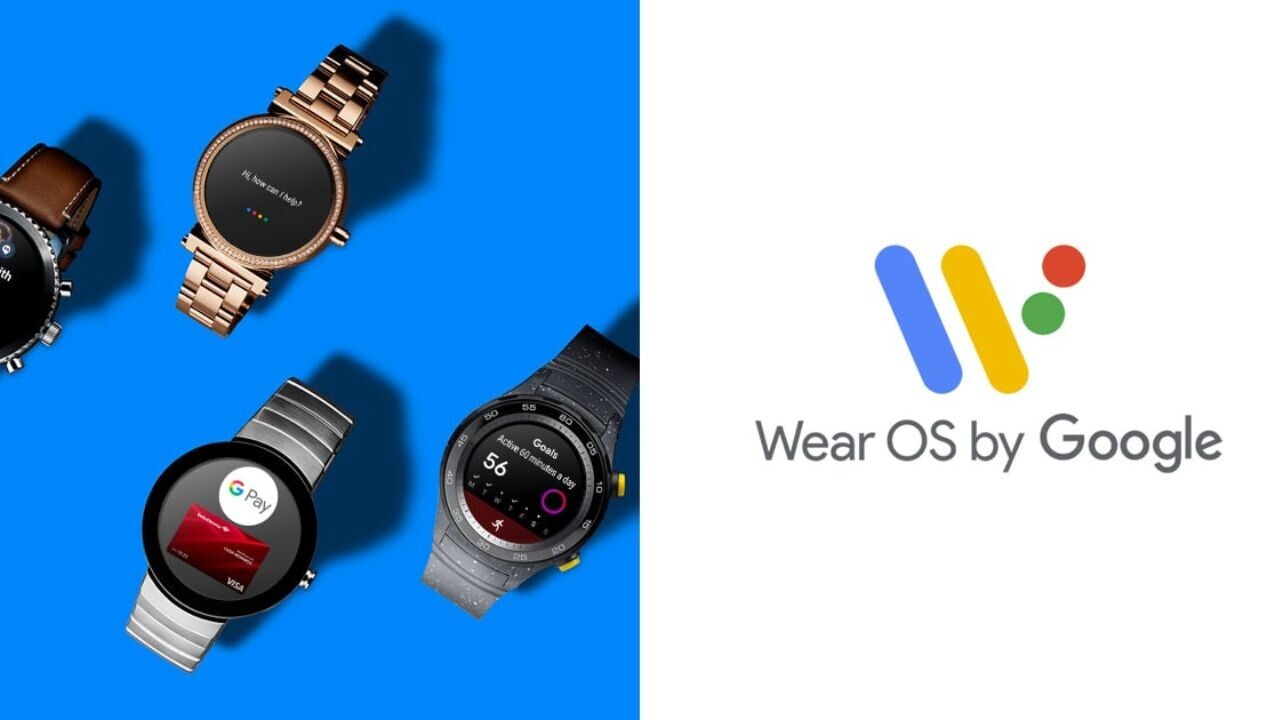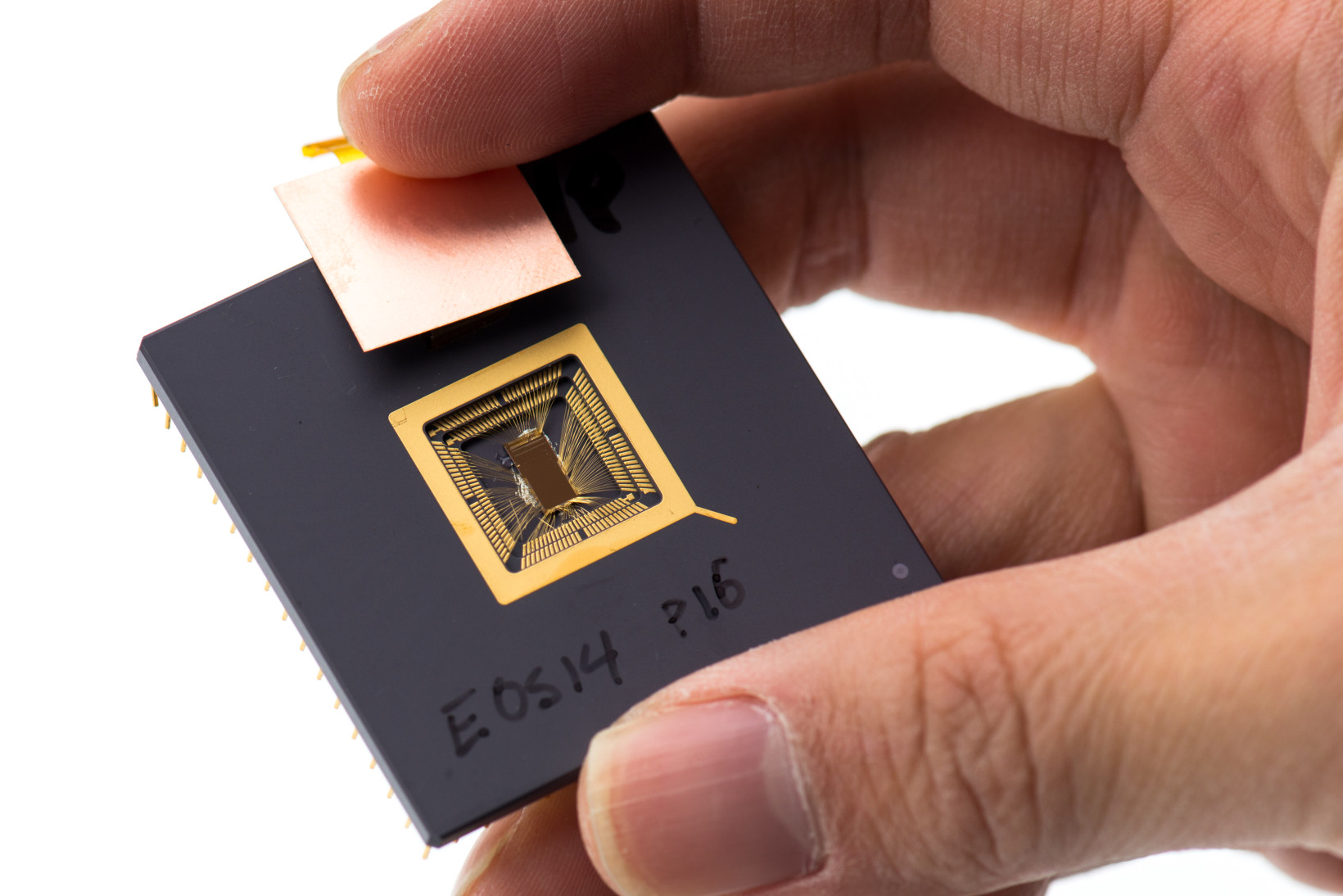
RISC-V, the upstart chip architecture, has stepped further into the market for processors.
Semiconductor giant Qualcomm today announced that it’s building a RISC-V-based wearables platform for Wear OS, Google’s operating system for smartwatches.
The system will expand Qualcomm’s lineup of Snapdragon Wear processors, which power the bulk of Wear OS products.
According to Qualcomm, the new solution will reduce the time to market for original equipment manufacturers (OEMs) when launching smartwatches.
The company told TNW that RISC-V offers both performance and power advantages for wearable platforms.
“Our Snapdragon Wear platform innovations will help the Wear OS ecosystem rapidly evolve and streamline new device launches,” said Dino Bekis, a vice president at Qualcomm.
The platform is another boost to RISC-V, which is providing growing competition to Arm, the UK-based chip designer. RISC-V’s open-source instruction sets offer a low-cost, efficient, and customisable alternative to Arm’s blueprints.
In August, five chipmakers, including Qualcomm, announced a new alliance to commercialise the emerging contender. Qualcomm has been one of Arm’s biggest customers, but the two companies are now embroiled in a legal battle.
Tensions between the partners emerged during the proposed Nvidia takeover. In May 2022, Qualcomm’s CEO said he wanted to buy a stake in Arm — or even acquire it outright. A few months later, Arm sued Qualcomm. The lawsuit accuses the US business of using Arm IP without permission.

Qualcomm is not alone in nurturing competition for Arm. RISC-V, which is headquartered in Switzerland, has also attracted glowing praise from Google. In December, Lars Bergstrom, Android’s director of engineering, called for the architecture to become a “tier-1 platform” in the operating system — the same level as Arm.
The wearables collaboration adds another endorsement for RISC-V.
“We are excited to extend our work with Qualcomm Technologies and bring a RISC-V wearable solution to market,” said Bjorn Kilburn, GM of Wear OS by Google.
In less auspicious news for RISC-V, a group of US politicians want the White House to restrict American companies from working with the open-source technology. The lawmakers have raised concerns about China accessing the tech.
Representative Mike Gallagher, chairman of the House select committee on China, told Reuters that the Commerce Department should “require any American person or company to receive an export license prior to engaging with PRC (People’s Republic of China) entities on RISC-V technology.”
In response, the CEO of RISC-V International warned that the restrictions would damage the chip industry.
“Contemplated actions by governments for an unprecedented restriction in open standards will have the consequence of diminished access to the global marketplace of products, solutions, and talent,” Calista Redmond, chief of RISC-V International, wrote in a blogpost last week. “Bifurcating on the standards level would lead to a world of incompatible solutions that duplicate effort and close off markets.”
Get the TNW newsletter
Get the most important tech news in your inbox each week.





